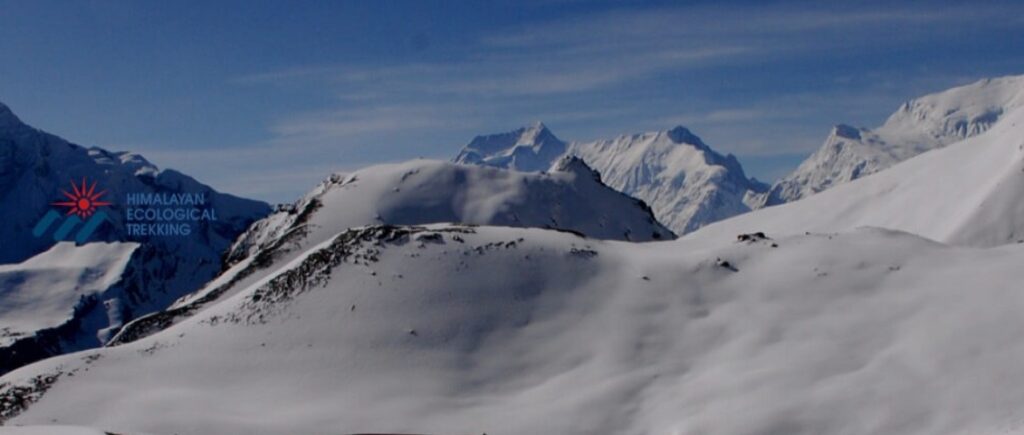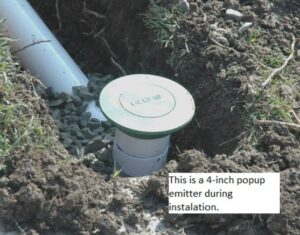Trekking to Everest Base Camp is more than just a hiking trip—it’s a once-in-a-lifetime adventure filled with towering Himalayan peaks, rich culture, and personal transformation. If you’ve ever dreamt of standing face-to-face with the world’s tallest mountain, then Everest Base Camp Trekking might just be the perfect plan. But how do you prepare? What should you expect? Is there an easier alternative to get a taste of the Everest region, like the scenic Pikey Peak Trekking?
Let’s break it all down in a simple and friendly way, whether you’re a first-time trekker or someone planning your second journey to Nepal.
Where Does Everest Base Camp Trekking Begin?
Your adventure typically starts in Kathmandu, Nepal’s lively capital. From there, you’ll fly to the mountain town of Lukla, often described as one of the world’s most thrilling airports. Once you land, the real journey begins—walking through Sherpa villages, suspension bridges, prayer wheels, and fluttering flags that mark the spiritual essence of the Himalayas.
You don’t need to be an elite athlete, but decent physical fitness definitely helps. Most trekkers walk about 5–7 hours a day for roughly 12–14 days, including acclimatization stops.
What Should You Pack for Everest Base Camp Trekking?
Packing smart is key. The weather changes quickly, and being prepared means a safer, more enjoyable trip. Here’s a list of essentials you should have:
-
Layered clothing (thermal base layers, fleece, down jacket, waterproof outer layer)
-
Quality trekking boots (already broken in!)
-
Gloves, beanie, and warm socks
-
Sleeping bag (rated for at least -10°C)
-
Headlamp with extra batteries
-
Reusable water bottles and purification tablets
-
Sunscreen and lip balm
-
Light snacks like protein bars or trail mix
-
Personal hygiene essentials (wet wipes are your best friend!)
How is the Altitude Managed?
One of the biggest challenges of Everest Base Camp Trekking is altitude. You’ll be trekking up to 5,364 meters (17,598 ft), and your body needs time to adjust. The golden rule here is: walk slow, hydrate often, and rest when needed.
-
Two acclimatization days are built into most itineraries—usually at Namche Bazaar and Dingboche.
-
Pay attention to signs of Acute Mountain Sickness (AMS): headaches, nausea, or dizziness.
-
Don’t skip rest days even if you feel energetic. They are crucial for your health at high altitudes.
What Makes Pikey Peak Trekking a Great Alternative?
While Everest Base Camp Trekking is iconic, Pikey Peak Trekking is a lesser-known gem that gives trekkers breathtaking views of Mount Everest without the high altitude or long duration. If you’re short on time or looking for something less demanding, Pikey Peak is a beautiful and peaceful trail.
-
Ideal for beginners or those with limited trekking days (usually 5–7 days)
-
Offers panoramic sunrise views of the Everest range
-
Fewer crowds and more local interactions
-
Altitude remains moderate (around 4,000 meters), reducing the risk of AMS
You can even use Pikey Peak Trekking as a warm-up or test run before attempting the full Everest Base Camp journey.
When is the Best Time to Go?
Choosing the right season makes a huge difference in your experience. Generally, there are two peak seasons for trekking in Nepal:
-
Spring (March to May): Mild weather and blooming rhododendrons
-
Autumn (September to November): Clear skies and stable conditions
Winter (December to February) is cold but quieter. Monsoon (June to August) brings heavy rain and is best avoided unless you’re an experienced trekker.
What Are Teahouses Like Along the Way?
You won’t be camping unless you want to. Most trekkers stay in local teahouses—basic lodges offering meals, beds, and warm hospitality. It’s a great way to experience Nepalese culture firsthand.
-
Rooms are simple with twin beds and thick blankets
-
Bathrooms can be shared and often located outside the room
-
Hot showers are available but may cost extra
-
Meals are wholesome—dal bhat (rice and lentils) is a staple and gives energy for hours
How Much Does Everest Base Camp Trekking Cost?
Costs can vary depending on your preferences—whether you go independently or with a guide, stay in basic or more comfortable teahouses, and what gear you already own. On average, expect:
-
Budget-friendly trips: $800 to $1,200 (excluding international flights)
-
Mid-range treks with guide and porter: $1,200 to $2,000
-
Additional costs include tips, snacks, Wi-Fi access, charging electronics, etc.
If cost is a concern, again, Pikey Peak Trekking is a cheaper alternative while still offering stunning Himalayan views.
How to Train for Everest Base Camp Trekking?
You don’t need to summit Everest, but your body does need preparation. A good training plan includes:
-
Daily walking or hiking with a backpack
-
Strength training (focus on legs and core)
-
Stair climbing or hill walking for endurance
-
Practice hikes with increasing distance and elevation
Training for about 2–3 months before the trek gives you a big advantage in comfort and enjoyment.
What to Expect Emotionally and Spiritually
Beyond the physical challenge, Everest Base Camp Trekking is a mental and emotional journey. Being in nature, disconnected from the digital world, and surrounded by vast mountains gives many people a renewed sense of peace and purpose.
-
You’ll meet travelers from all over the world
-
You’ll connect with local Sherpa culture and Buddhist traditions
-
You’ll face your limits and overcome them
-
You’ll realize how small your problems feel in the shadow of Everest
Even if you choose Pikey Peak Trekking, you’ll find similar emotional rewards—just with a little more breathing room (literally!).
Final Thoughts: Is It Really Worth It?
Absolutely. Whether you go for Everest Base Camp Trekking or opt for the equally amazing Pikey Peak Trekking, you’re stepping into a world that’s both wild and welcoming. It’s not just about the destination—it’s about who you become on the way there.
So lace up your boots, take that deep breath, and get ready to experience the mighty Himalayas with all your heart.





More Stories
Louis Vuitton Wall Art: The Ultimate Statement in Luxury Interior Decor
How to Choose the Right Wedding Photographer in Denver Without Stress
What to Know Before Hiring a Gutter Company in Gainesville FL: A Friendly Guide